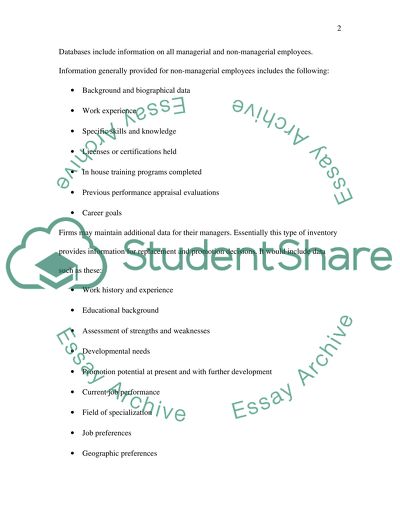Cite this document
(“Human Resource Planning: Requirements and Availability Case Study”, n.d.)
Human Resource Planning: Requirements and Availability Case Study. Retrieved from https://studentshare.org/human-resources/1507169-founations-of-human-resource-management-essay
Human Resource Planning: Requirements and Availability Case Study. Retrieved from https://studentshare.org/human-resources/1507169-founations-of-human-resource-management-essay
(Human Resource Planning: Requirements and Availability Case Study)
Human Resource Planning: Requirements and Availability Case Study. https://studentshare.org/human-resources/1507169-founations-of-human-resource-management-essay.
Human Resource Planning: Requirements and Availability Case Study. https://studentshare.org/human-resources/1507169-founations-of-human-resource-management-essay.
“Human Resource Planning: Requirements and Availability Case Study”, n.d. https://studentshare.org/human-resources/1507169-founations-of-human-resource-management-essay.


